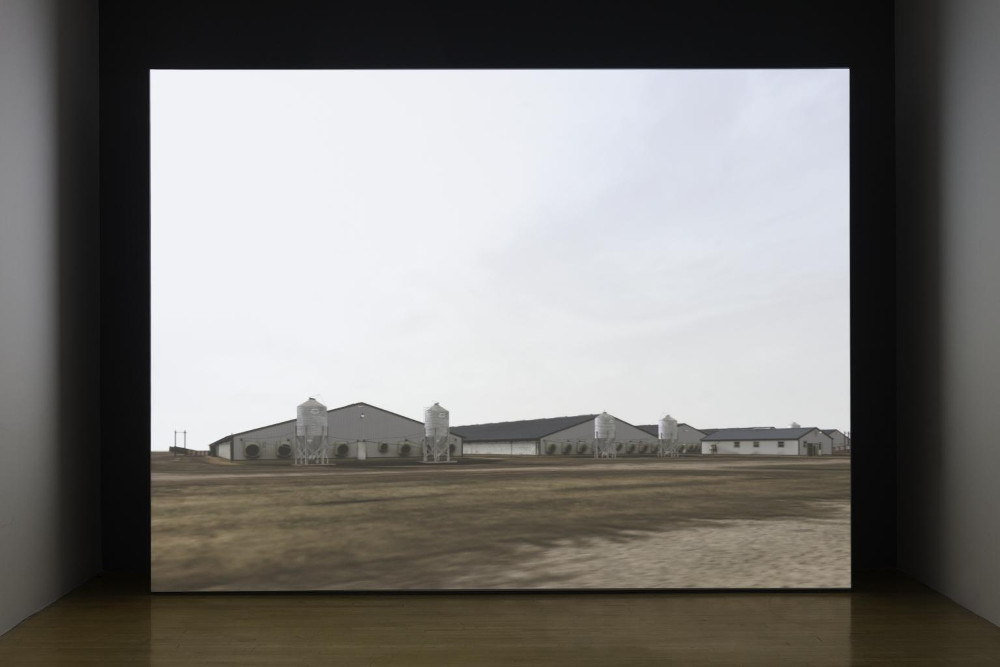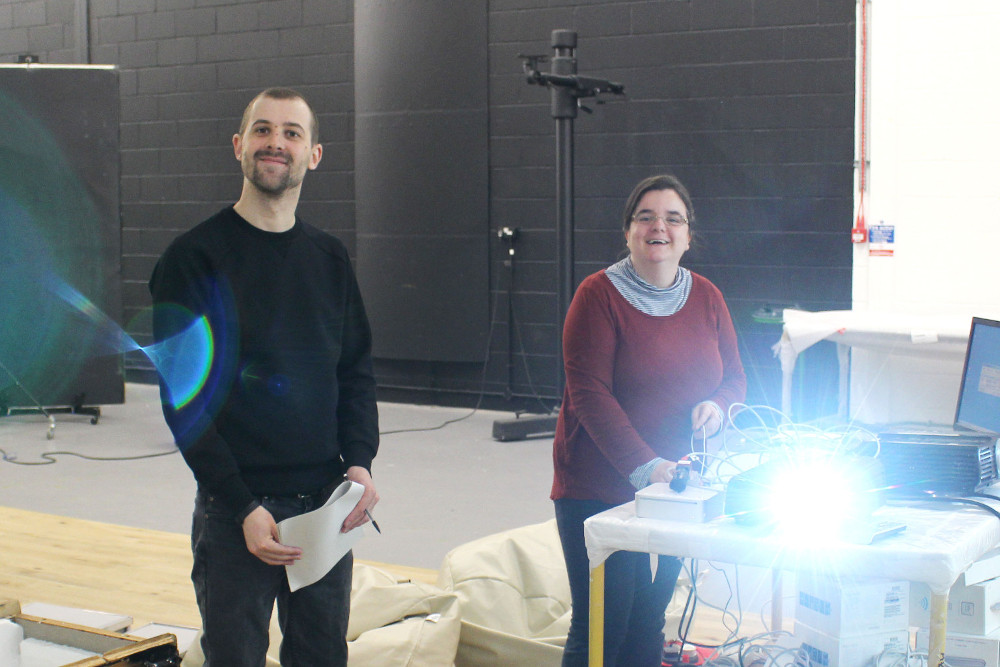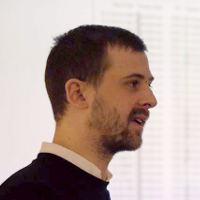At a conference earlier this year, the topic of preserving artworks involving digital media had been a recurring topic of discussion during and after talks. One artist, who works extensively with software as a medium, was clearly a little baffled by this preoccupation. Having a background in software engineering, they were quick to point out that this domain has been dealing with these kinds of problem for decades! An interesting provocation - but how much truth is there to it? Can software engineering principles really help solve of our digital preservation woes? In this blog post I will consider what we might learn from the discipline and how such a meeting of practices might be navigated.
First, some background. I am a digital preservation researcher and practitioner, with experience in digital archives, information systems and research data management. Over the past few years I have had the privilege of being able to combine this background with my interest in contemporary (and particularly born-digital) art, through an AHRC-funded PhD project. A collaborative doctoral partnership between King’s College London’s Department of Digital Humanities and Tate’s Collection Care Research team, this research has taken a practice-led approach to addressing some of the conservation challenges posed by software-based artworks, particularly their effective documentation.
Challenges in the Conservation of Software-based Artworks
Software-based artworks fit amongst what Tate call time-based media art - that is, art involving technology as a medium and which also has a time dimension. The conservation of such works poses particular challenges, as they often involve fragile and rapidly aging technology, and necessitate careful consideration of acceptable parameters of change each time they are installed for display.
The software part of software-based art only serves to exacerbate these concerns. Software throws up many of the usual digital preservation problems regarding technological obsolescence, but can be particularly challenging because:
- They are often behaviourally and functionally complex (e.g. interactive or involving elements of simulation)
- They often have extensive dependencies on specific hardware, system software and external interfaces.
- They usually involve compiled software, which as something of a ‘black box’, can make it difficult to ascertain their internal workings.

Installation photo of ‘Sow Farm (near Libbey, Oklahoma) 2009’ by John Gerrard, installed at Tate Britain in 2016. One of a number of software-based artwork in the Tate collection, this work is a realistic 3D simulation of a pig farm in the rural United States, rendered in real-time. (Image © John Gerrard).
While we have seen a handful of software preservation focused projects, digital preservation research over the past few decades (as rooted in libraries and archives) has only addressed these problems to a limited extent. My research has aimed to develop theory and practice by locating the points of convergence between the disparate domains of digital preservation, art conservation and software engineering.
Despite the centrality of computer science to digital preservation, software engineering remains strangely absent from the discussion. While it might be behind the development of software to solve preservation problems, its principles have not found use in relation to preserving software itself. Furthermore, its product-led focus on standards and formal documentation might be seen as incompatible with the necessarily bespoke practice of art conservation. However, these disciplines are not as irreconcilable as we might immediately think and in fact share some common goals.
Reframing Software Engineering Principles
In the late 1960s software development experienced a crisis of escalating budgets, project failure and a widening gap between ambition and achievement. In response, the discipline began a move toward developing formal principles and methods, eventually leading to the widely understood models we see today (e.g. waterfall and agile). Even in lightweight approaches to software engineering, generating documentation is an important part of development process, particularly as a means to enable future maintenance.
Of course software-based artworks are unlikely to be created using formal software engineering approaches - these are typically bespoke projects and their long-term maintenance is not necessarily a goal when they are coded. As a result, the amount of documentation artists generate varies considerably. In this respect, software-based artworks can often be understood as legacy systems. That is, they have left initial development and been deployed, and the challenge for the institution is getting their head around the how and why of this construction, and how it might impact decisions about the works care. While the artist may be around to consult, they are not always the person who programmed the code or may not recall all the necessary details.
There are a number of principles in software engineering that can help us deal with legacy systems. Requirements specification is a way to capture in time the essential functionality of the software: how it does things and within what constraints it should do them. Reverse engineering from source code allows us to develop comprehensive understanding of even poorly documented systems. Dynamic analysis and application profiling can allow targeted information gathering to define metrics that software is performing as it should. Architectural overviews allow us to capture and then quickly convey the key components of a system to others. Not only is this kind of documentation useful for conservators, it also uses the language of programmers - one that it will be essential for conservators to speak in the years to come.
Developing Skills and New Collaborations
There are two major challenges apparent in repurposing principles of software engineering. The first is simply working out which parts might work in a conservation and digital preservation context, and negotiating the theoretical and practical implications of this reframing. This one I aim to address squarely in my PhD thesis. The second is that the skills required to apply them have not traditionally been taught in conservation programmes, and so are not necessarily present in the institutions which will need them.
Part of addressing this will be the development of a new set of skills among conservators, particularly through new components to conservation education programmes. We are starting to see shifts toward this already, with NYU’s Time-Based Media Art Conservation programme now including an introduction to programming. The other part of the puzzle (and likely the more important one in the short term) is the need to look outside the institution. This is nothing new given the multitudinal demands of caring for artworks in a range of artistic media, but will demand interaction with a relatively unknown quantity for many institutions: the programmer.
In addition to the need for conservators to learn their language, this will require new cross-institutional links and professional relationships to be formed. We have already seen great progress in this area over the past few years. Collaborations between art museums in New York (MoMA and the Guggenheim have both been involved) and students from NYU’s Computer Science Department, led by Professor Deena Engel, have been particularly pioneering and yielded great results. Tate too have been collaborating with software experts through the EU-funded PERICLES project, and are now working with the Department of Computer Science at Royal Holloway to explore the code behind some of the software-based artworks in their collection.

The author and Time-based Media Conservator Patricia Falcão setting up artworks as part of a PERICLES workshop at Tate in 2016 (Photo © Alistair Ashe).
It would be remiss of me not to mention the work Francis T. Marchese in this post. Francis, a Professor of Computer Science at Pace University, started laying the foundations for a software engineering approach to digital art conservation way back in 2011, but sadly passed away in 2015. He published a number of interesting papers on this topic, which were a big influence on the direction I took with my research.
There is still much potential for further research in the topics I have discussed here, and it will be exciting to see this new area of conservation practice fully crystallise in the coming years. In this post I have discussed themes which form an important part of a much larger (and much more detailed) research project, which I am in the process of writing up. The resulting thesis should be complete before the end of this year. If you want to keep informed of developments, please follow me on Twitter or keep an eye on my website.







































































































































